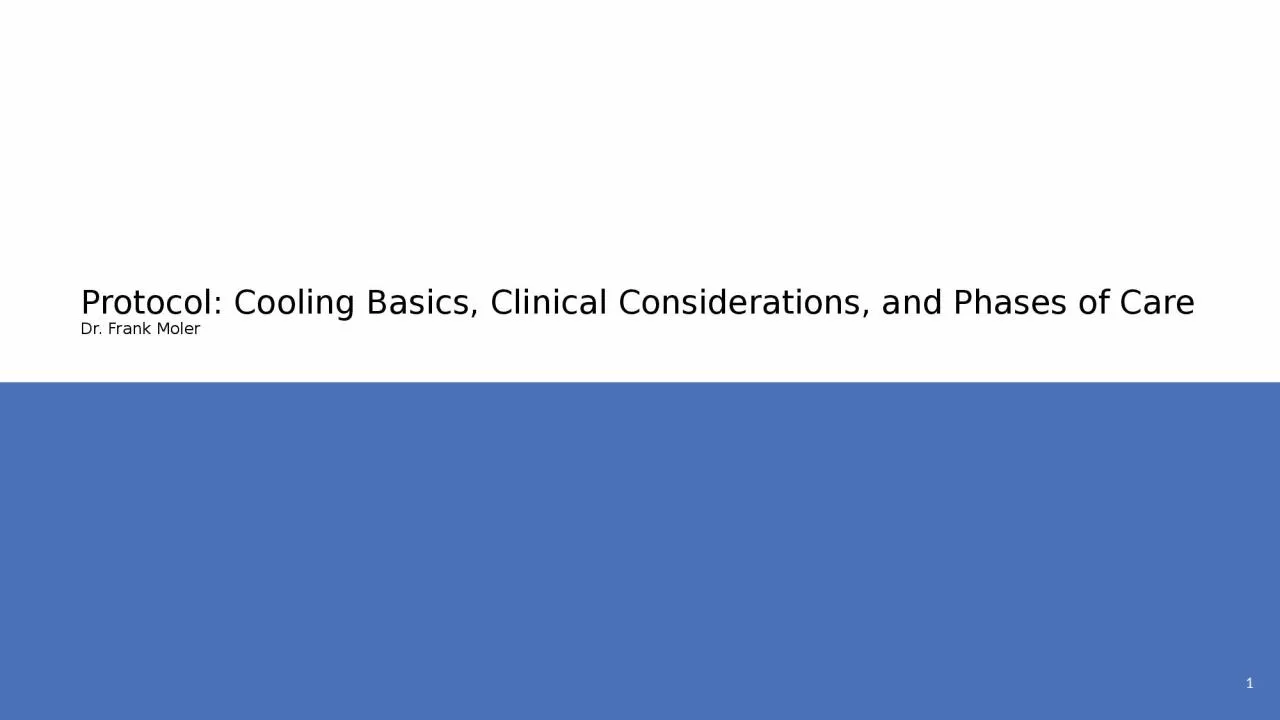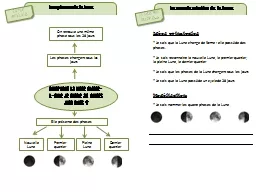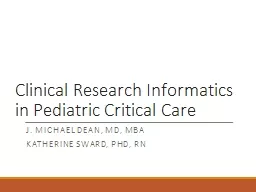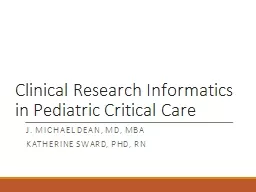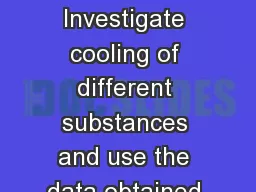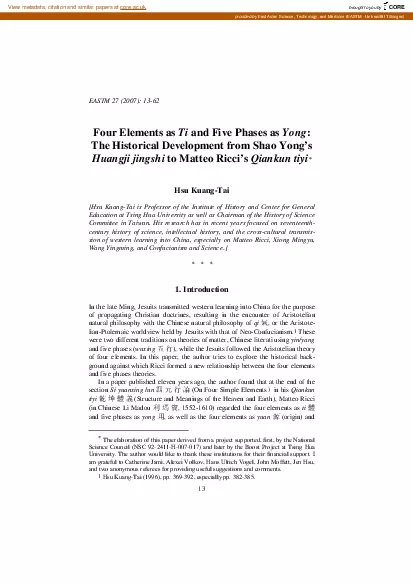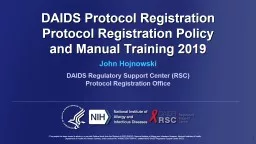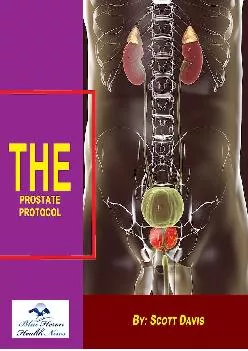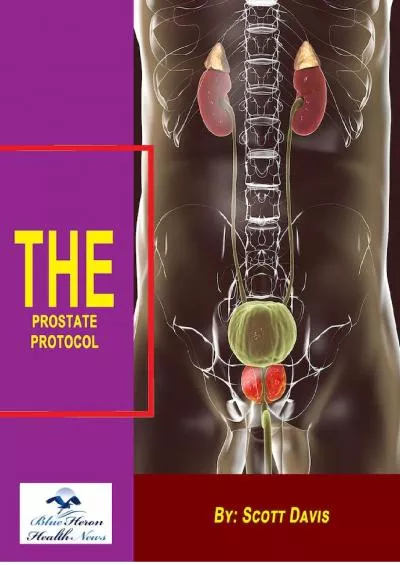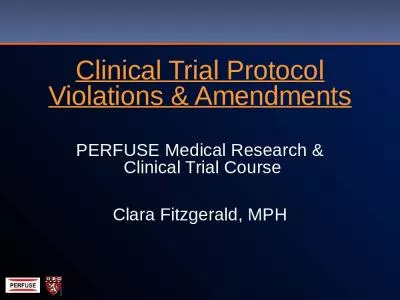PPT-Protocol: Cooling Basics, Clinical Considerations, and Phases of Care
Author : daniella | Published Date : 2023-12-30
Dr Frank Moler 1 Overview This talk reviews basic temperature temp related information needed for PICECAP There is much information to know Key content is repeated
Presentation Embed Code
Download Presentation
Download Presentation The PPT/PDF document "Protocol: Cooling Basics, Clinical Consi..." is the property of its rightful owner. Permission is granted to download and print the materials on this website for personal, non-commercial use only, and to display it on your personal computer provided you do not modify the materials and that you retain all copyright notices contained in the materials. By downloading content from our website, you accept the terms of this agreement.
Protocol: Cooling Basics, Clinical Considerations, and Phases of Care: Transcript
Download Rules Of Document
"Protocol: Cooling Basics, Clinical Considerations, and Phases of Care"The content belongs to its owner. You may download and print it for personal use, without modification, and keep all copyright notices. By downloading, you agree to these terms.
Related Documents

